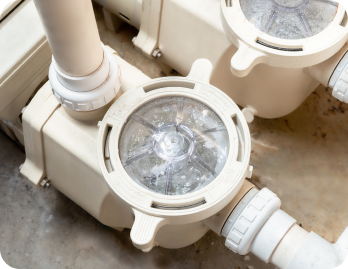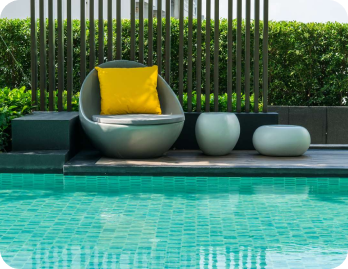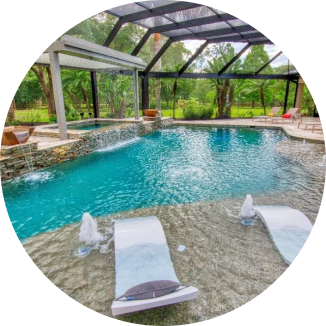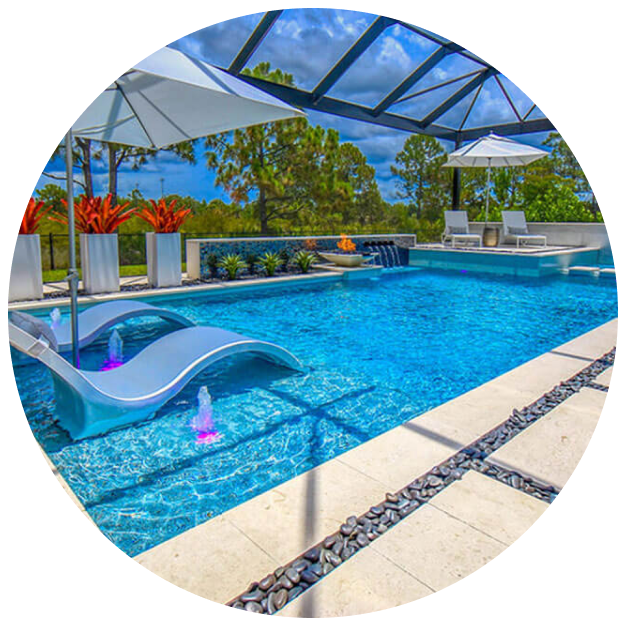California’s coastal regions, including San Diego, face unique water conservation challenges. Sustainable Pools addresses these concerns.

Ecological product designs, and efficient equipment installations. Our mission is to make residential and commercial pools more environmentally friendly without compromising on swim quality or functionality Sustainable Pools is a pioneering swimming pool service company based in Southern California.

Sustainable Pools is a leading swimming pool service company based in Southern California, driven by a passion for innovation and environmental responsibility. Our mission is to revolutionize pool care by offering eco-friendly solutions that enhance both the efficiency and sustainability of residential and commercial pools.
With a focus on sustainable product designs and cutting-edge equipment installations, we aim to make pools greener without compromising the quality of your swim or the functionality of your pool systems. From reducing water and energy consumption to eliminating harmful chemicals, we offer a holistic approach that helps protect our planet while delivering superior pool experiences.


California’s coastal regions, including San Diego, face unique water conservation challenges. Sustainable Pools addresses these concerns.

We offer a comprehensive range of energy-efficient pool equipment from industry-leading brands such as Pentair, Hayward, Waterways and Jandy.

Our experts specialize in designing systems and retrofitting existing pools to harmonize with the natural environment.

Advanced filtration systems and pool covers help reduce water waste.

We use non-toxic, sustainable cleaning methods and products to keep pools safe and chemical-free.

Harness solar energy to heat your pool naturally & cost-effectively.

Smart pool controls optimize energy use & enhance convenience.


Customer’s feedback

